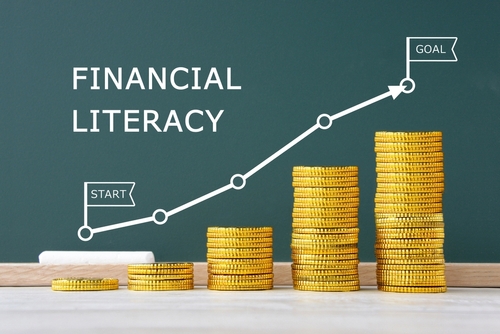U.S. Reps. David Valadao (R-CA) and Wiley Nickel (D-NC) introduced legislation on Tuesday that would promote financial literacy education in high schools.

The bill, the Promoting Financial Literacy in Secondary Schools Act, H.R. 8126, would make financial literacy education more widely available for high school students. The legislation was introduced during Financial Literacy Month.
“Too many people graduate high school with limited knowledge on real-life money skills, like how to file taxes, make a budget, or take out a loan,” Valadao said. “The Promoting Financial Literacy in Secondary Schools Act attempts to fix this knowledge gap by making financial literacy education more widely available to high school students. Making this curriculum available will ease the burden on educators and help students make more informed decisions that could set them on a path to future success.”
Currently, the Financial Literacy and Education Commission within the U.S. Department of the Treasury creates best practices for teaching financial literacy, but only create guidance for institutions of higher education. Valadao’s office said that as more student seek alternatives to college, they are missing out on foundational financial literacy programs.
The proposed legislation would require the FLEC to include high schools when creating best practices for students on budgeting, financial securities, credit, evaluating financial products and student loan borrowing. However, nothing in the bill requires a school to adopt the FLEC’ best practices, the Congressmen’s offices said.
“I’m proud to join Rep. Valadao in introducing the Promoting Financial Literacy in Secondary Schools Act to help equip our students with the tools they need to make informed decisions about budgeting, credit, and beyond – setting them on a path towards lasting financial success,” Nickel said. “Improving financial literacy is not just common sense, but a necessity in an increasingly complex economic landscape.”